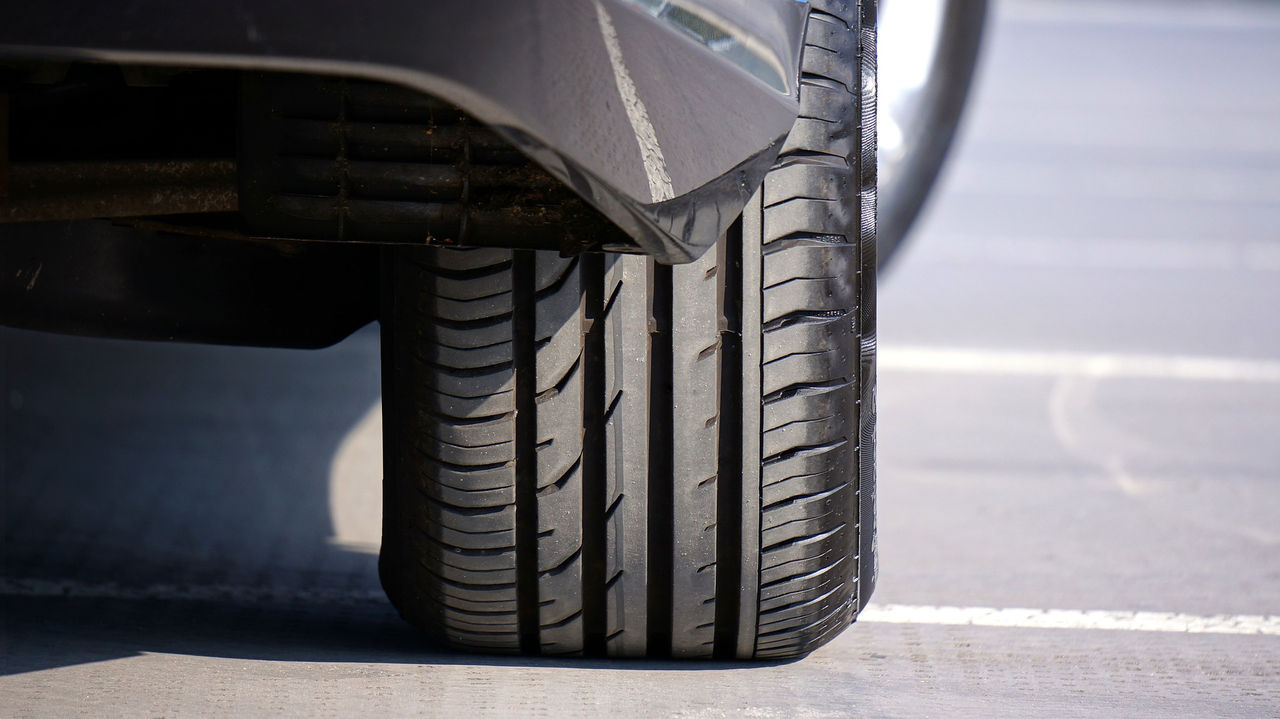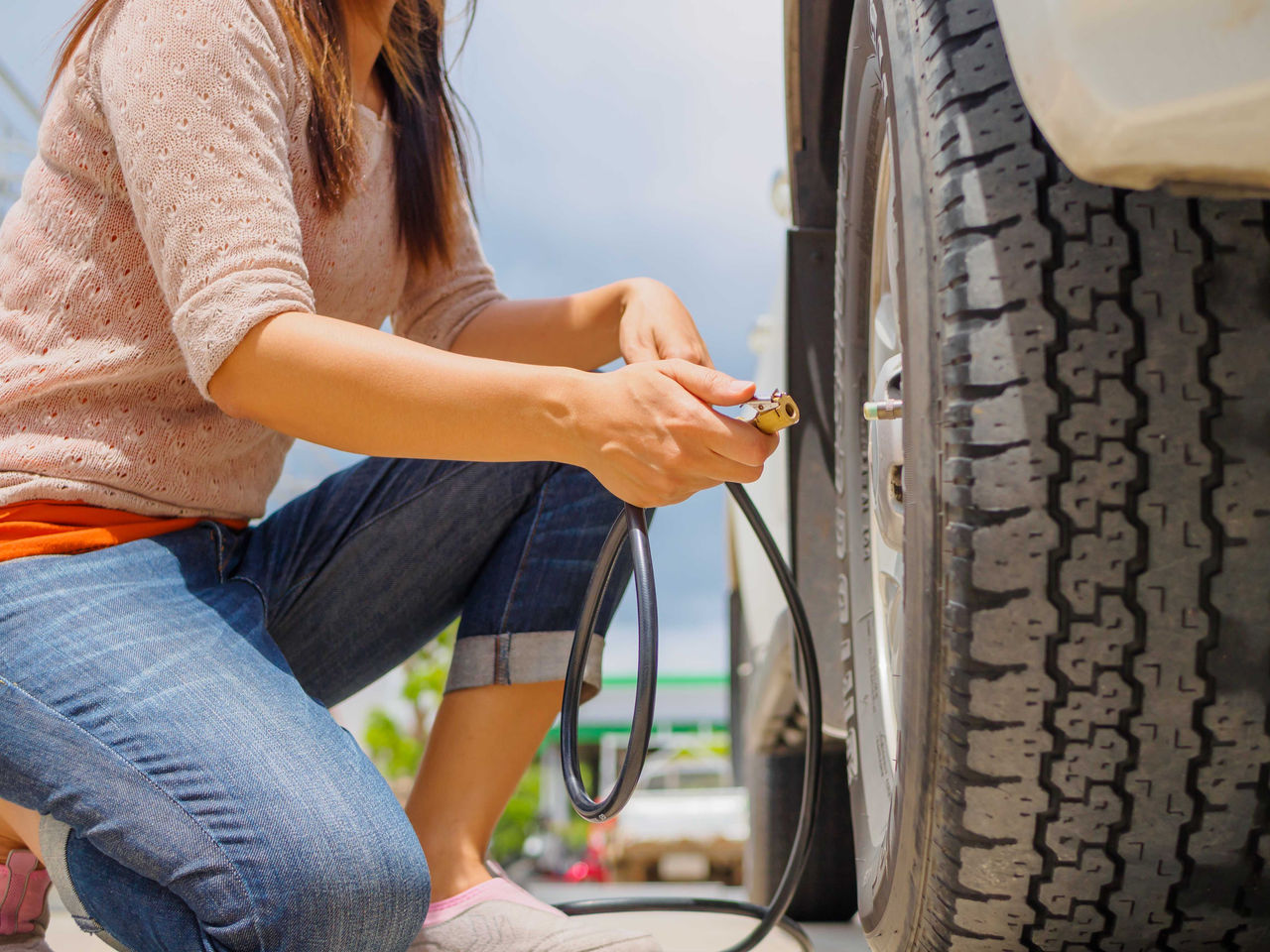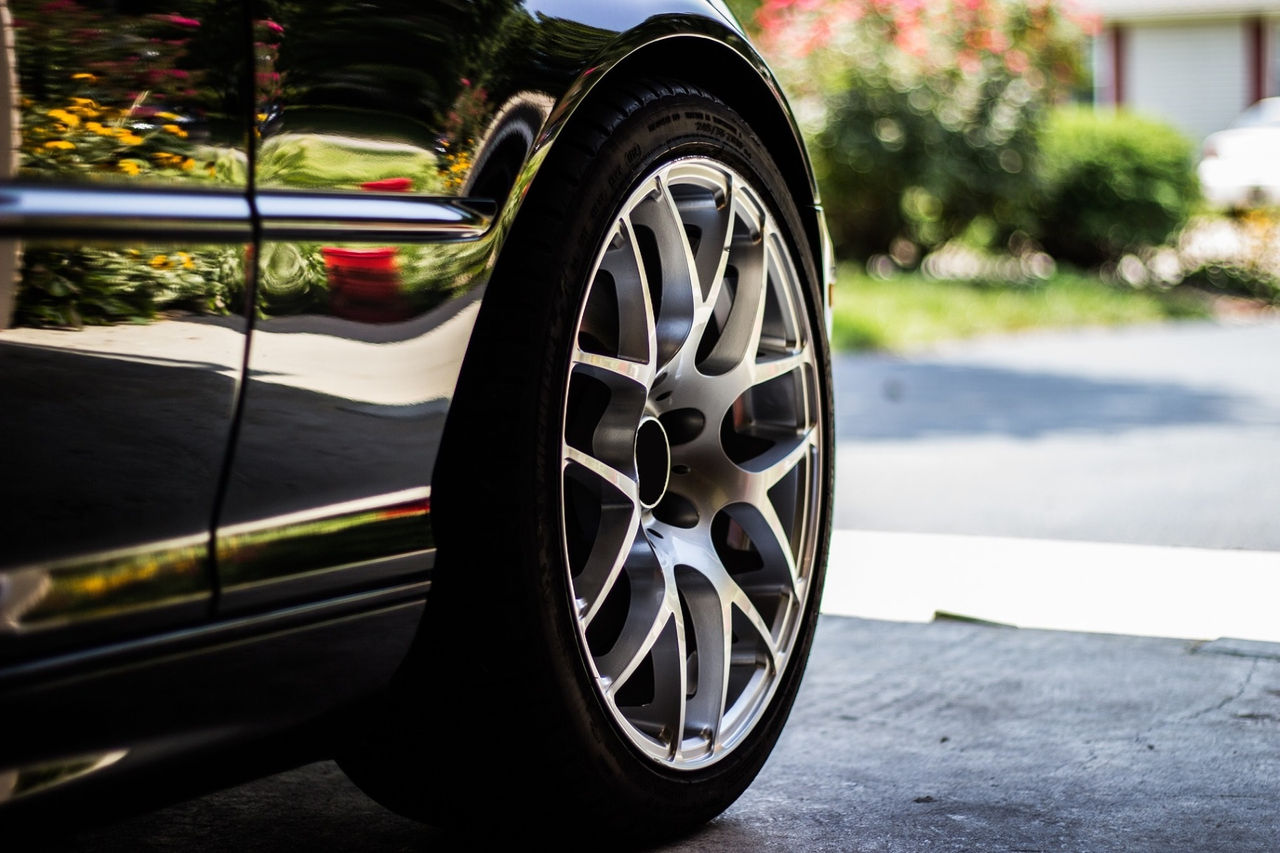The importance of maintaining accurate tyre pressure
16 March 2022
Tyre pressure is a crucial factor when it comes to your car’s safety, and it only takes a small amount of time to check. By doing a simple tyre pressure check you will not only keep your vehicle safer to operate but also improve your driving experience by enhancing the vehicle’s braking and cornering.
Another important benefit is improved fuel efficiency, something that is becoming more pertinent as we see petrol prices at record highs with fuel costing $3 per litre at some Auckland stations.

A study by the National Highway Traffic Safety Administration (NHTSA) in the USA found that under inflation of tyres by 10% increases fuel consumption by 2%.
Tyres lose air pressure naturally at a rate of around 1-2 psi (pounds per square inch) per month, hence why it is so important to monitor tyre pressure regularly to ensure optimal performance. The AA would recommend checking your tyre pressure at least once a month.
What’s the correct tyre pressure for my car?
The tyre pressures specified for your vehicle are agreed to by the vehicle manufacturer and the tyre producer. The psi (pounds per square inches) or kPa (kilopascals) is based on your vehicle’s total weight and size, towing weight capability, and recommended tyre size. These pressures are set to keep you safe and comfortable on the road so it’s important to follow them.
Where do I find the recommended tyre pressure for my car?
The recommended tyre pressure can usually be found in your vehicle handbook, inside the fuel filler flap, or on the driver's door post. If you can’t find the manufacturer’s recommended pressures anywhere, you could ask your local AA Auto Centre, tyre shop or vehicle manufacturer for a recommendation, or use the general rule of 30-32psi in the rear and 32-34psi in the front tyres. These recommended tyre pressures are based on “cold inflation pressure”.
Why do I need to check the cold inflation pressure?

Gas expands when heated and contracts when temperatures decline. This means that you should check your tyre pressures in the morning before the ambient temperature rises, before exposure to direct sunlight and of course, before driving the vehicle.
Daily temperatures rise and fall between seasons, which cause tyre pressures to fluctuate - 1.5 psi for every 10C. As temperatures drop in autumn and winter, it’s especially important to check tyre pressures. In some colder areas of New Zealand, your tyres could experience a drop of a few psi. Add this to a slow pressure reduction of non-regular inflation checks and you have potential for very under-inflated tyres, which affect traction, handling and durability.
This fluctuation throughout the year is why it is recommended that you check your tyre pressure at the beginning of each month and before long road trips where the additional load may require increased tyre pressures.
Running costs

Correct tyre pressure is imperative to get the most out of your tyres according to Michelin UK, just a 7 psi difference from the vehicle manufacturer’s recommendation can reduce tyre life by about 8000km.
Likewise, over inflation will also cause irregular wear and reduce the life of a tyre, focusing wear on the centre of the tyre - this can reduce the amount of tyre contacting the road and be hazardous.
How to check your tyre pressure:
- Before you begin to assess your tyres, make sure they’re cool.
- Park your car on a flat surface to get the most accurate reading.
- Remove the valve cap and connect a tyre gauge or service station inflator to get the correct reading.
- If you determine that a tyre needs air, insert the pump into the tyre valve and fill it to its recommended pressure level.
- Once the air has been adjusted to the proper level, replace the cap and check the remaining tyres in the same fashion.
Most service stations have a free tyre inflator connected to an air compressor that can display the pressure in psi and kPa. These are electronic and pretty simple to operate and should have step-by-step instructions on the front label.
You may also find a traditional tyre inflator gun at your service station. To use this you need to push the filler connector onto the valve and hold it in place, this will display the amount of pressure in the tyre. If it is too high, pressing the trigger about a quarter of the way down will release pressure.
To add pressure, depress the lever completely and release it once again to see the pressure displayed on the inspection glass. Repeat adding and removing air until you have reached your desired pressure.
Checking your tyre pressure is a quick and easy process that has many long term benefits. It’s well worth it considering the plethora of benefits you will gain for a small bit of time. Why not add a reminder in your phone, so you can coordinate with your next charge or petrol fill up?
How the AA can help
- AA Auto Centre - aa.co.nz/autocentre
- AA Pre Purchase Inspections - aa.co.nz/inspections
- AA Motoring Vehicle Inspection - aa.co.nz/wof
- AA 10-Point Check - aa.co.nz/10-point-check
- AA Batteries - aa.co.nz/batteries
- AA Membership - aa.co.nz/membership
- AA Roadservice - aa.co.nz/roadservice
- AA Ask an Expert - aa.co.nz/cars/ask-an-expert
Vehicle experts you can trust

